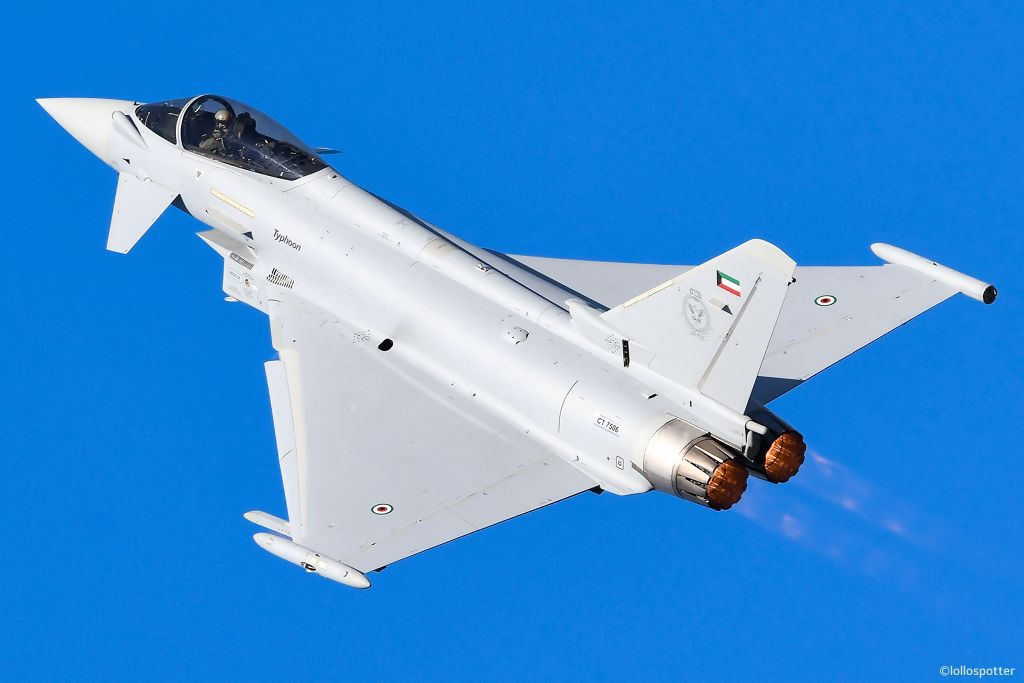Advancements in Armored Warfare: The SEOSS 400 Fire Control System
Introduction to Rheinmetall’s Innovations
Rheinmetall has made significant strides in the realm of armored warfare, notably with the ongoing development of a 130 mm tank gun and its associated ammunition. Although no formal decision has been made regarding the adoption of this new caliber for Western main battle tanks (MBTs), advancements in this technology are progressing rapidly. The current EMES-15 sight utilized on the Leopard 2 platform is becoming inadequate for the weapon’s effective range, prompting the introduction of the SEOSS 400—a cutting-edge fire control sensor tailored for these new capabilities.
Features and Capabilities of the SEOSS Line
The SEOSS (Stabilized Electro-Optical Sighting System) series by Rheinmetall includes models such as the SEOSS 200 and SEOSS 300, both featuring robust two-axis stabilization. Key attributes of these systems include:
-
SEOSS 200:
- Equipped with a high-resolution 1920×1080 CMOS color sensor.
- Continuous zoom capabilities providing a field of view ranging from 2° to 54°.
- An additional x16 electronic zoom.
- A cooled MWIR thermal sensor operating at a resolution of 640×512, with a zoom range of 2° to 27°.
- A Class 1 eye-safe laser rangefinder with a maximum effective range of 20 km.
-
SEOSS 300:
- Although specific details are not publicly available, this system reportedly offers superior performance and is already integrated with Rheinmetall’s Lance turret on platforms such as the Australian Boxer and the Hungarian Lynx.
These advancements are pivotal as they seek to enhance target engagement capabilities at extended ranges.
Enhanced Target Engagement at Greater Distances
To effectively engage targets beyond 5 km with penetrator rounds, Rheinmetall acknowledges the necessity for improved identification beyond the existing systems, which typically max out at around 4 km. This requirement also implies the need for superior detection and stabilization capabilities.
-
Increased Sensor Size:
The adoption of larger sensors, which employ 5-megapixel arrays (approximately 2592×1944), represents more than a two-and-a-half-fold increase over current technology. This is particularly notable for thermal imaging. -
Image Fusion Capabilities:
The SEOSS 400 can fuse images from day and night sensors to enhance target detection, even when hot signatures are masked by natural elements. Rheinmetall reports an identification range exceeding 6 km, surpassing the effective range for the forthcoming 130 mm munitions.
Three-Axis Stabilization: A Game Changer
The SEOSS 400 distinguishes itself through advanced three-axis stabilization, featuring an enhanced angular position report accuracy of 0.03 mrad—an improvement from 0.1 mrad in previous models. Testing conducted on the Leopard 2 at speeds of 40 km/h has validated these performance metrics. The SEOSS 400 is engineered to withstand extreme operational conditions, including fording operations up to 4 meters deep.
Automation and Integration for Modern Warfare
This system represents a paradigm shift in the role of the gunner. With integrated artificial intelligence algorithms, automatic identification occurs more seamlessly, transitioning targets to an automated tracking system. Key functions include:
-
Dynamic Lead Calculation:
The system utilizes real-time data to provide ballistic equations against moving targets, significantly easing the gunner’s workload. -
Multisource Data Fusion:
The SEOSS 400’s display integrates information from various sensors, allowing for efficient target selection and marking through simple interactions.
Future-Proofing: Versatility and Compatibility
The SEOSS 400 is intentionally designed for compatibility with emerging system architectures, especially within European MBT programs like the Main Ground Combat System (MGCS) and the Main Armoured Tank of Europe (MARTE). This system offers:
-
Seamless Network Connectivity:
It supports integration into both manned and unmanned platforms, allowing for modular sensor upgrades and enhancements in fire control computing. -
Beyond Line-of-Sight (BLOS) Capabilities:
Recent developments in indirect fire capabilities, particularly with offerings from Leonardo and MBDA, underscore the necessity for modern tanks to adapt to complex operational environments.
Further applications for the SEOSS 400 also extend into air defense systems, highlighting its versatility in contemporary warfare.
Conclusion
Rheinmetall’s SEOSS 400 signifies a noteworthy advancement in fire control systems for armored vehicles. By integrating advanced optics, enhanced stabilization, and sophisticated automation, Rheinmetall affirms its position at the forefront of defense technology, enabling modern armored units to maintain superiority on the battlefield. As the landscape of warfare continues to evolve, systems like the SEOSS 400 will be critical in ensuring tactical effectiveness against emerging threats.





